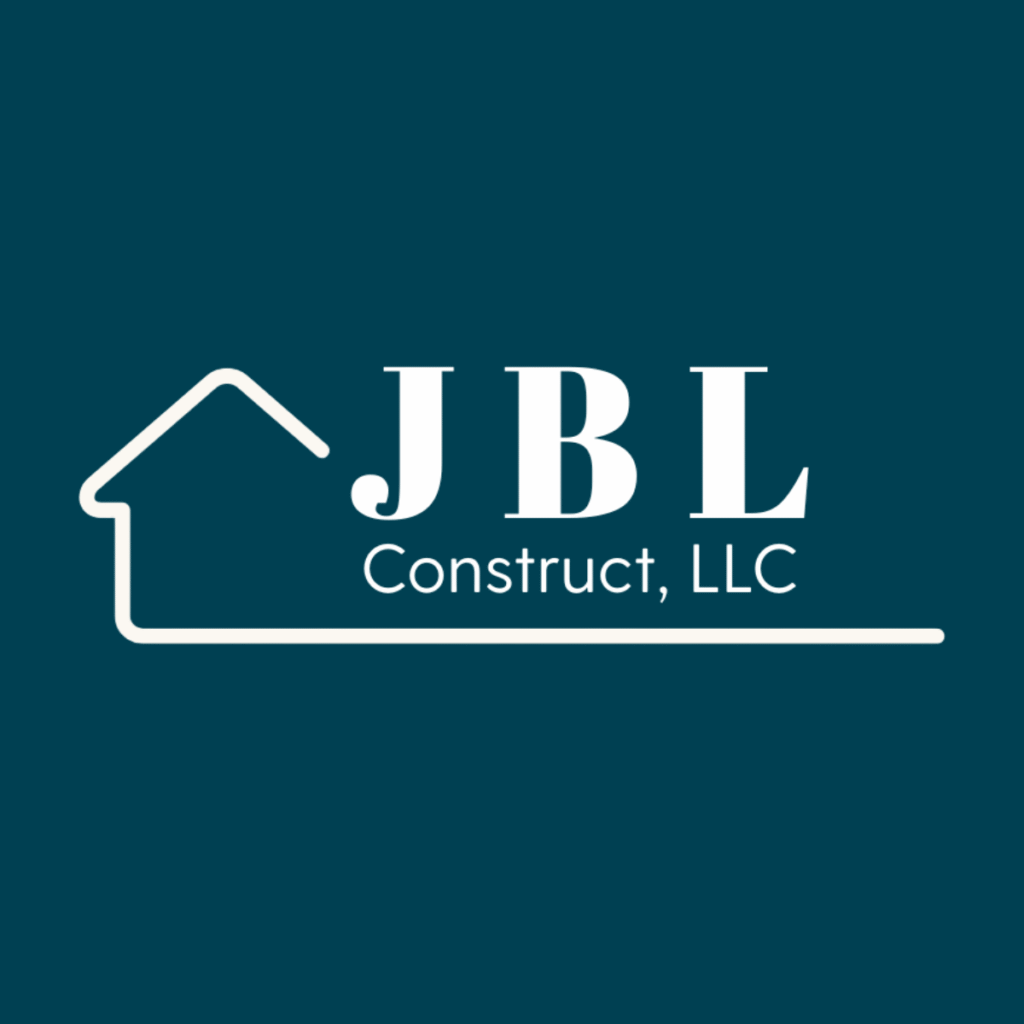A kitchen remodel is one of the best ways to add value to your home, but it’s also one of the most complex projects you can take on. Between design choices, budgeting, and construction details, it’s easy to make costly mistakes that can set your project back. If you’re planning to upgrade your space, here are 10 kitchen remodeling mistakes to avoid so you can stay on time, on budget, and get the kitchen you’ve always wanted.
1. Not Setting a Realistic Budget

One of the most common mistakes homeowners make is underestimating the true cost of a remodel. Beyond cabinets and countertops, factor in plumbing, electrical, flooring, and unexpected contingencies. Aim to set aside at least 15–25% of your budget for surprises.
2. Ignoring Workflow and Layout
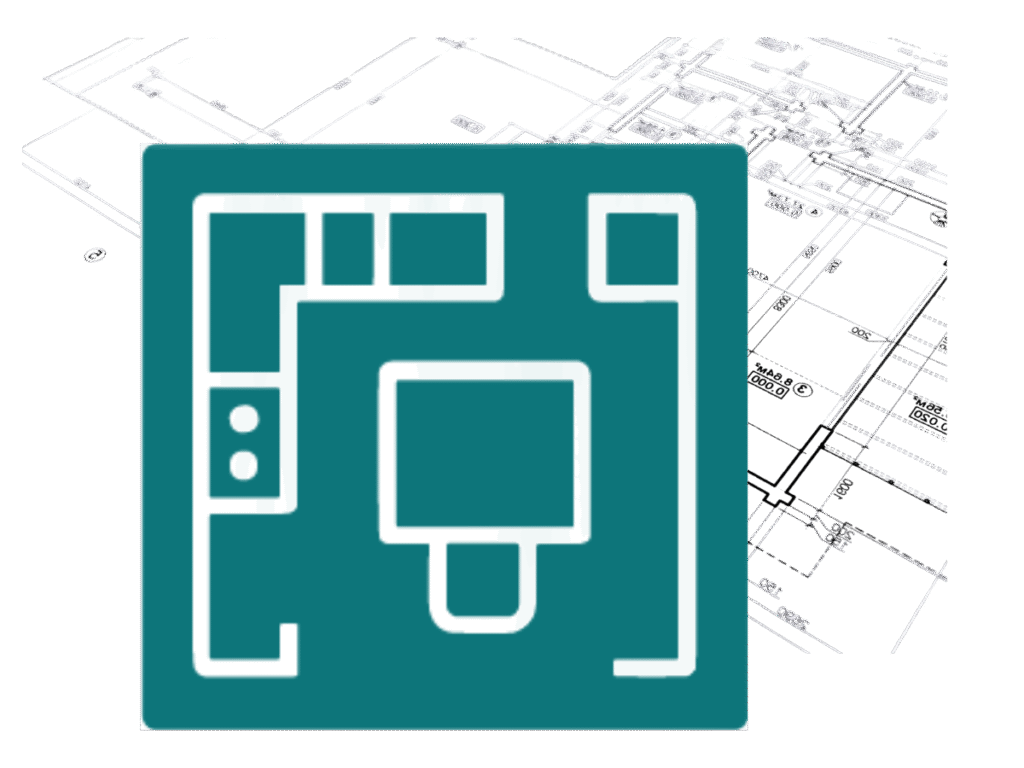
A kitchen can look stunning, but if the layout is awkward it will never be enjoyable to use. The placement of your major work areas directly affects how efficient the space feels day-to-day. Designers often recommend following the kitchen work triangle, which is the relationship between the stove, sink, and refrigerator.
When these three elements are positioned within a comfortable distance of one another, you minimize wasted steps and make cooking much easier. Ignoring this principle can lead to constant backtracking, traffic jams in tight areas, and unnecessary frustration. Taking the time to plan a logical flow ensures your new kitchen is both beautiful and practical.
3. Overlooking Storage Solutions
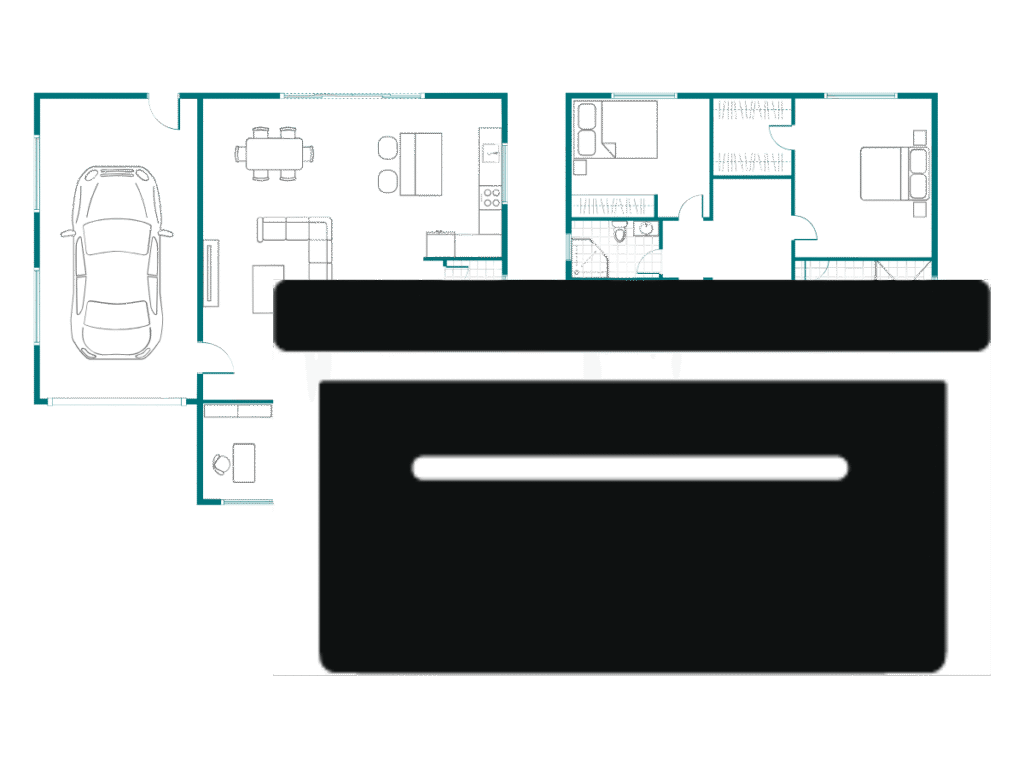
It is easy to focus on finishes and design details while overlooking the importance of storage. A kitchen that looks beautiful but lacks functionality quickly becomes frustrating to use. Thoughtful storage planning ensures that every item has its place and that your countertops stay clear of clutter.
Features such as deep drawers for pots and pans, pull-out pantries for dry goods, and rotating or angled solutions for corner cabinets can make a small kitchen feel much larger. Taking time to map out how you cook, what you store, and how often you use different items allows you to build a storage plan that supports both daily routines and long-term organization.
4. Choosing Style Over Function

Trendy materials or fixtures can create a striking first impression, but they are not always built to handle the wear and tear of a busy household. A surface that looks stylish today may scratch, stain, or chip quickly once exposed to daily cooking, spills, and foot traffic.
When selecting finishes for your remodel, focus on materials that balance design with practicality. Countertops and flooring are especially important, since they take the brunt of everyday use. Options like quartz, porcelain tile, or durable hardwoods offer both visual appeal and long-term performance. By choosing wisely, you can enjoy a kitchen that looks current while still standing up to years of family life.
5. Skimping on Lighting
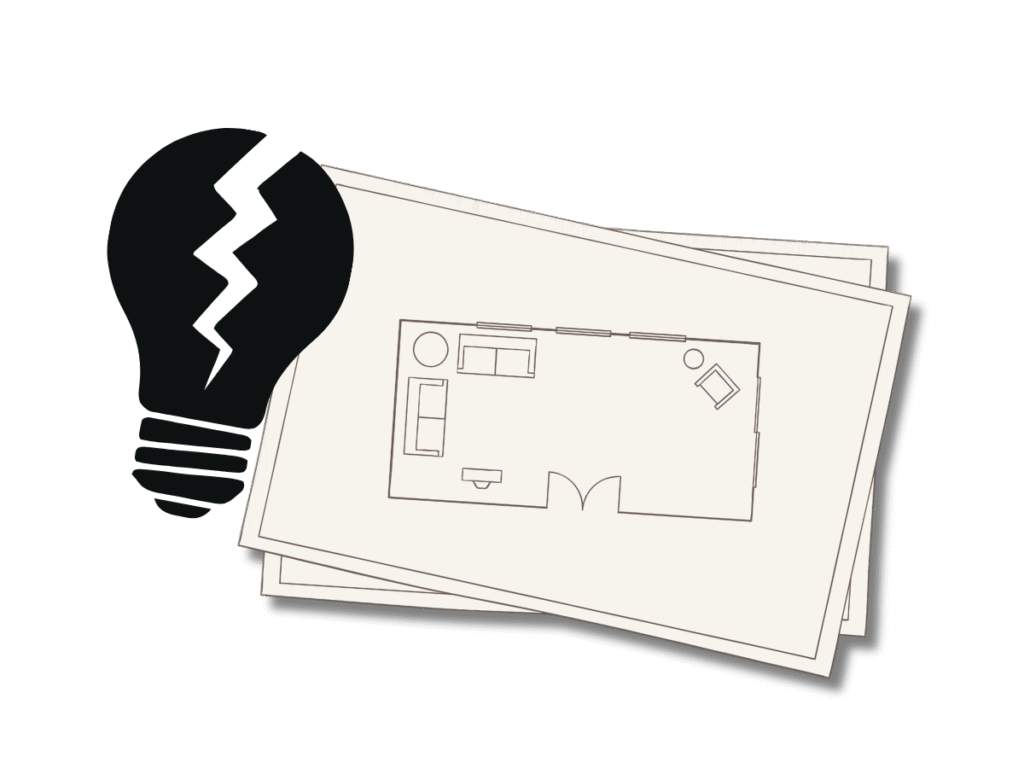
Relying on a single overhead fixture often leaves your kitchen with shadows and poor visibility. A thoughtful lighting plan uses layers to brighten every area and make the space more functional. Task lighting, such as recessed or pendant lights, gives you clear visibility for food preparation and cooking.
Under-cabinet lighting illuminates countertops, making everyday tasks easier and safer. Accent lighting, like toe-kick strips or cabinet uplights, adds warmth and dimension that make the kitchen feel inviting. By combining these layers, you improve functionality while also showcasing design details such as tile backsplashes and custom cabinetry.
6. Forgetting Ventilation
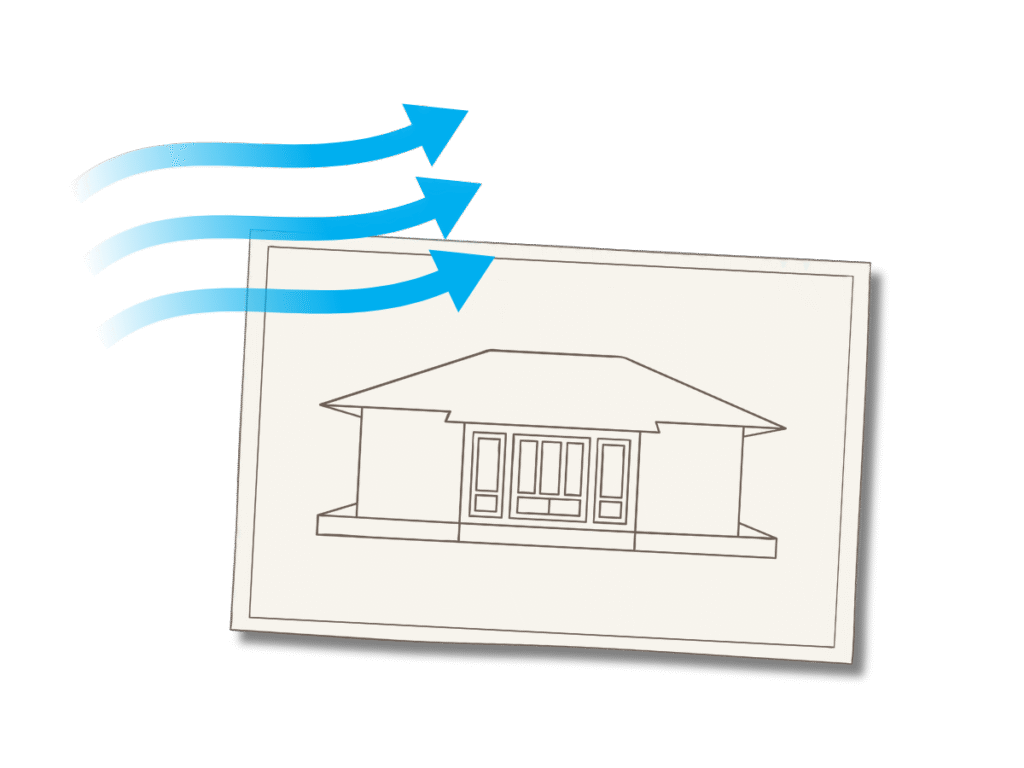
A powerful range hood is about more than controlling cooking odors. Proper ventilation protects your cabinetry from grease buildup, reduces excess moisture, and helps maintain indoor air quality. Without it, steam, smoke, and airborne particles can settle on surfaces and cause long-term damage that is costly to repair.
Poor ventilation also leaves behind lingering aromas that make the kitchen less inviting. By investing in the right hood size and ensuring proper ducting to the outside, you create a healthier, cleaner space while extending the life of your remodel.
7. Not Planning for Electrical Needs
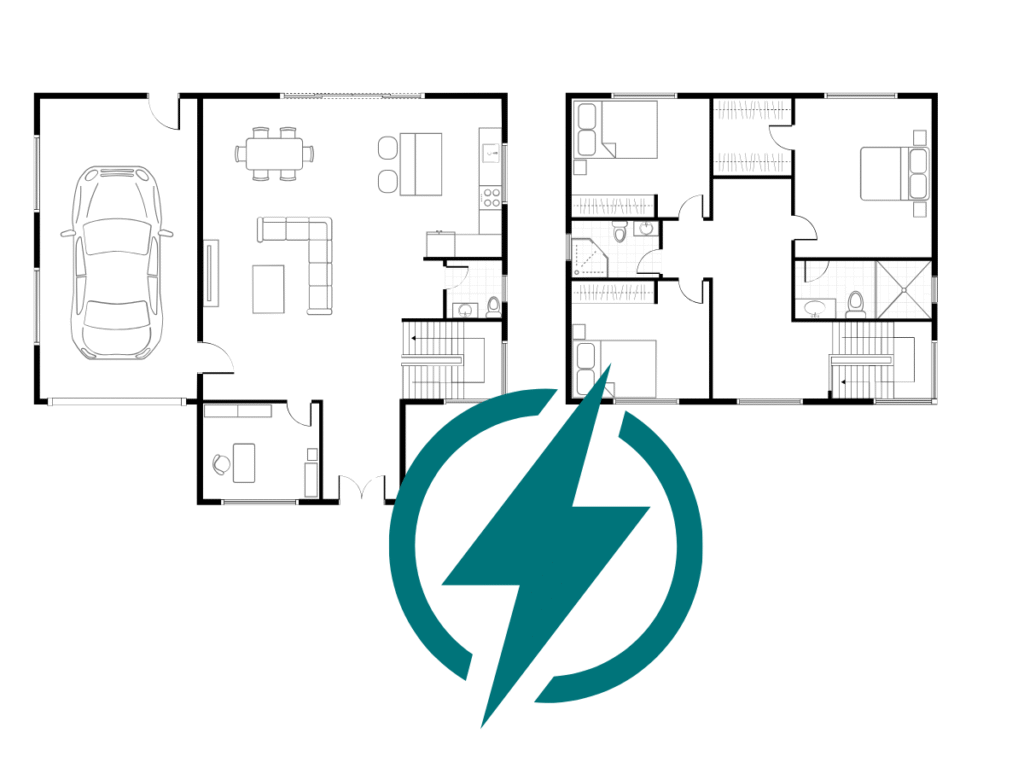
Modern kitchens require ample outlets for today’s busy households. Beyond the basics of plugging in a refrigerator or microwave, homeowners often need space for small appliances, coffee makers, air fryers, and charging stations for phones and tablets.
Under-cabinet outlets and strategically placed USB ports can make a big difference in both convenience and appearance, keeping cords out of sight while making power accessible where it matters most.
When planning your remodel, consider how your family uses the kitchen now and how those needs may change in the future. Building in extra capacity with dedicated circuits, GFCI protection near sinks, and flexible outlet placement helps avoid costly retrofits later and ensures your kitchen remains safe, functional, and ready for tomorrow’s technology.
8. Rushing the Timeline
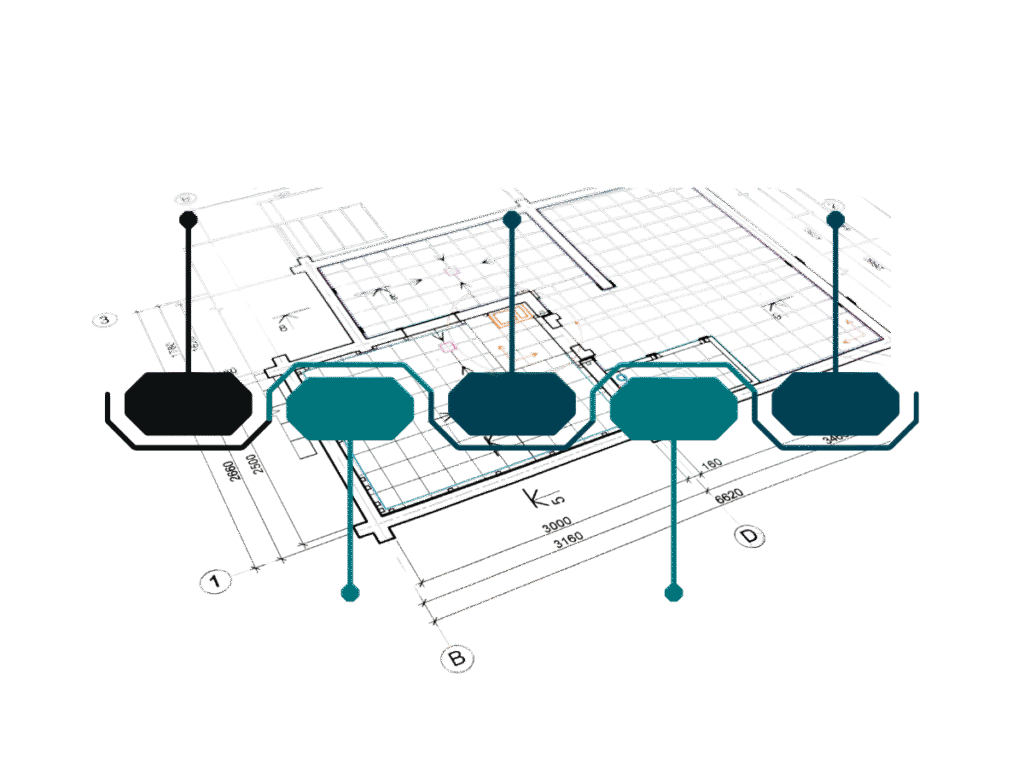
A kitchen remodel is disruptive, but rushing contractors to finish can backfire. When timelines are squeezed too tightly, quality often suffers – leading to uneven finishes, overlooked details, or costly rework down the road.
Instead of pushing for speed, build buffer time into your schedule to account for common delays such as permit approvals, inspections, backordered materials, and unexpected discoveries behind walls or under floors. By planning for extra time up front, you give your contractors space to do their best work and ensure that every detail of your new kitchen is finished properly.
9. DIYing Without Expertise
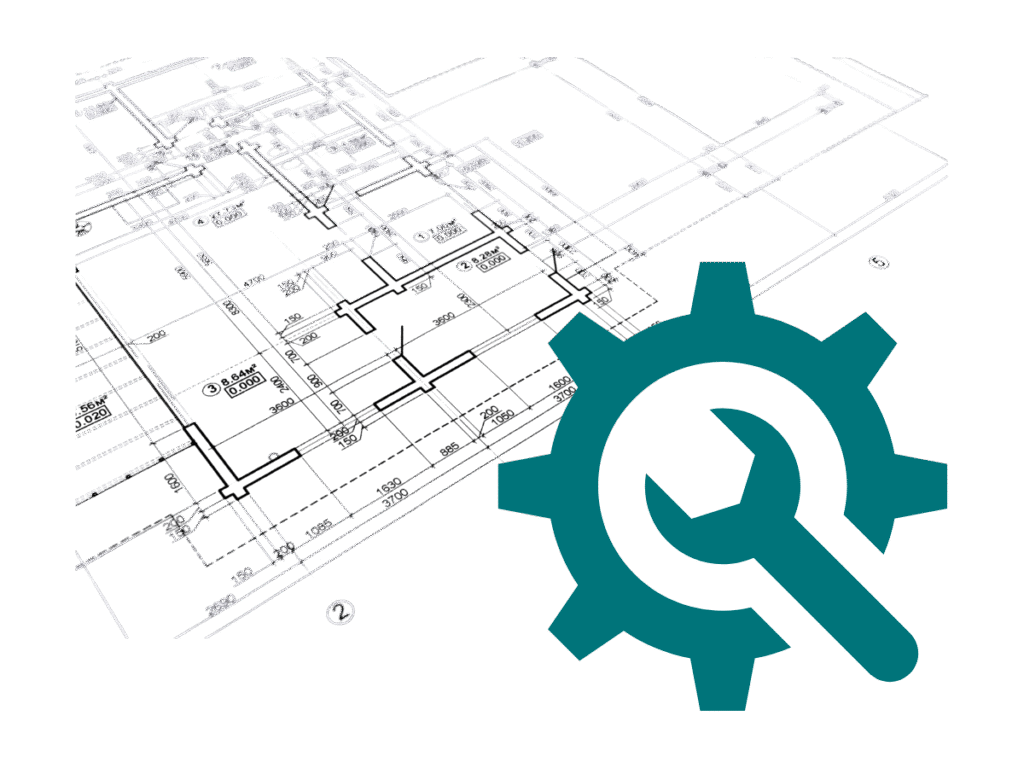
Some tasks are best left to professionals. While painting or installing a backsplash might be manageable DIY projects, complex work requires licensed experts. Electrical wiring, plumbing connections, and structural changes carry both safety risks and code requirements.
Mistakes in these areas can lead to expensive repairs, failed inspections, or even hazards for your family. Hiring certified contractors ensures the job is done correctly, complies with local building codes, and protects your investment in the long-run. Think of it as insurance that your remodel will be safe, durable, and worry-free.
10. Forgetting Resale Value
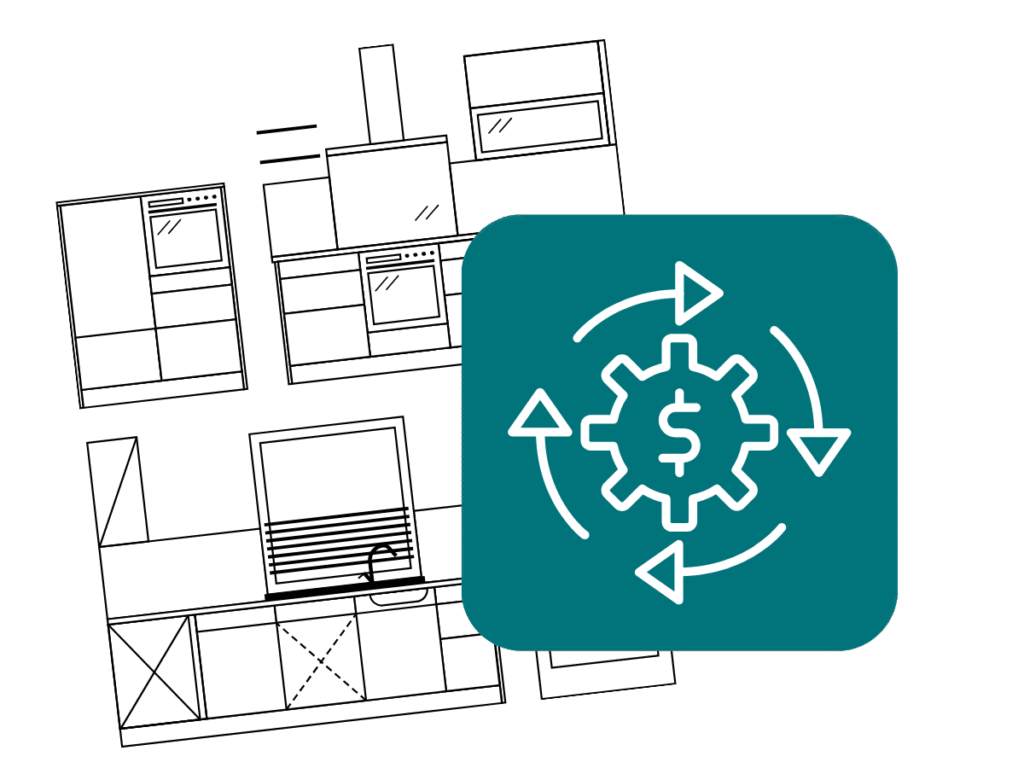
While your remodel should reflect your personal taste, it is important to consider how your choices will be viewed by future buyers. Overly unique layouts, custom features that serve a very narrow purpose, or bold color schemes may make your home harder to sell later.
Neutral palettes, classic finishes, and versatile layouts tend to hold their appeal longer and increase the likelihood of a strong return on your investment. Striking a balance between personality and practicality allows you to enjoy a kitchen that feels like your own while still protecting resale value when it comes time to move.
Conclusion
A successful kitchen remodel requires careful planning, realistic budgeting, and smart design choices. By avoiding these 10 mistakes, you’ll save money, reduce stress, and create a kitchen that’s both functional and beautiful.
Ready to start your kitchen remodel? Contact our team today for expert guidance that helps you avoid the pitfalls and enjoy a seamless renovation experience.
